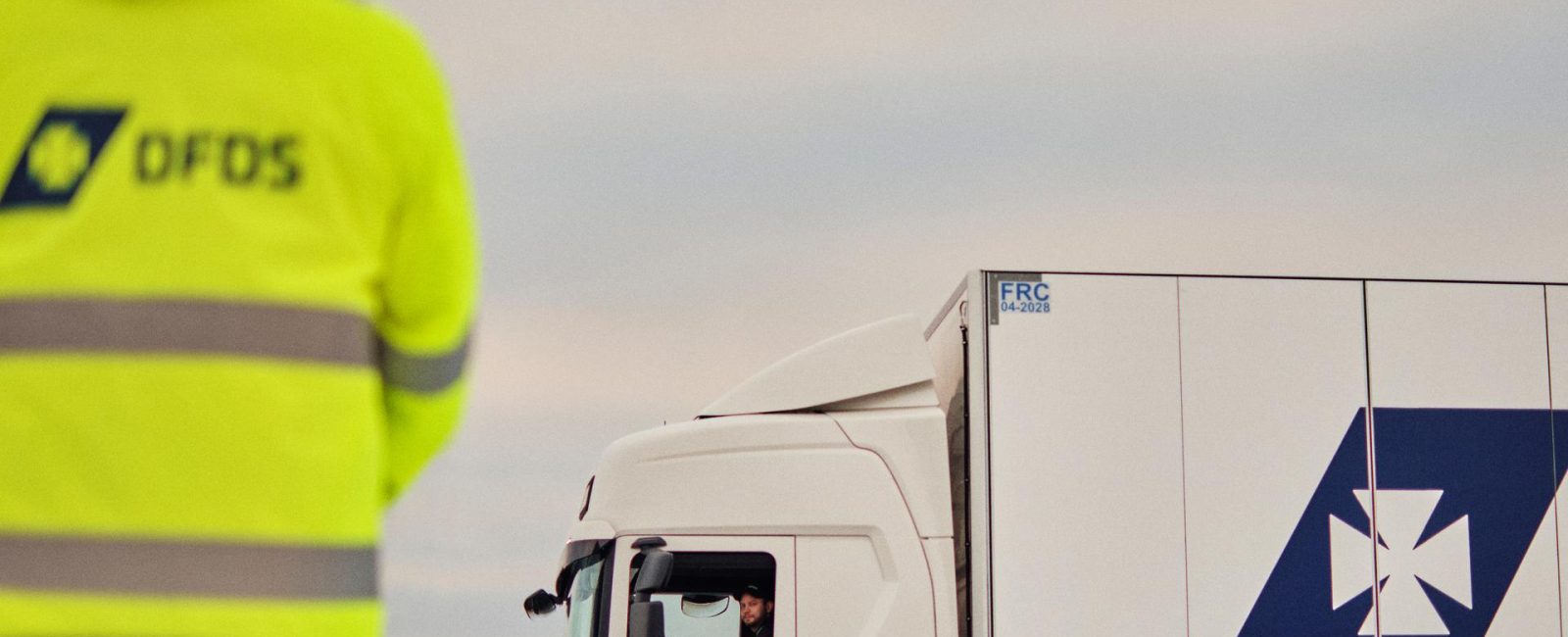In the expansive landscape of logistics, ensuring the smooth transit of goods across international borders requires a deep understanding of customs clearance. This crucial step involves submitting the right paperwork and adhering to regulations to secure the lawful entry of goods into a country.
Our extensive guide will make the customs clearance process easy to understand, underlining its significance, the processes involved, and practical strategies to simplify your shipments’ journey through the customs maze.
Understanding Customs Clearance
Customs clearance is the vital process where customs authorities review and approve the import or export of goods. Its primary goals include collecting duties and taxes, preventing illegal trade activities, and safeguarding national security. Essentially, it acts as a gatekeeper, ensuring that everything entering or leaving a country complies with its laws and regulations.
Key Components of Customs Clearance
1. Documentation:
- Bill of Lading: A fundamental document detailing the shipment’s contents, origin, and destination.
- Commercial Invoice: A comprehensive breakdown of the goods, their value, and other relevant details.
- Packing List: Specifies the contents of each package in the shipment.
2. Customs Declaration:
Submitting an accurate and complete customs declaration is vital for the proper assessment of duties and taxes.
3. Duties and Taxes:
Customs authorities levy duties and taxes based on the classification and value of the goods. Understanding these charges is essential for budgeting and compliance.
4. Customs Inspection:
Customs officials may inspect shipments to verify the accuracy of documentation and ensure compliance with regulations.
Strategies for Smooth Customs Clearance
1. Work with a Customs Broker:
Engaging a customs broker serves as a bridge between you and customs authorities, offering expertise in navigating intricate regulations.
2. Stay Informed:
Regularly updating yourself on changes in customs regulations helps avoid surprises during the clearance process.
3. Utilize Technology:
Implementing customs clearance software can streamline documentation, improve accuracy, and enhance communication with customs authorities.
4. Build Relationships:
Establishing strong relationships with customs officials and relevant stakeholders can facilitate smoother clearance processes.
5. Preparation and Transparency:
Ensure all documents are complete and accurate to prevent delays. Being transparent in your dealings with customs officials fosters trust and cooperation.
6. Educate Your Team:
Provide training to your team on customs procedures to minimize errors and enhance efficiency in the clearance process.
In the dynamic field of logistics, customs clearance serves as a pivotal component demanding meticulous attention, adherence to regulations, and strategic foresight. By comprehensively understanding the customs clearance process and implementing effective strategies, businesses can confidently navigate international borders.
Staying on top of the industry’s developments, harnessing technological advancements, building up solid partnerships, and prioritizing transparency are key ways to ensuring the seamless movement of shipments across borders. These practices collectively contribute to the establishment of a more efficient and cost-effective global supply chain.





